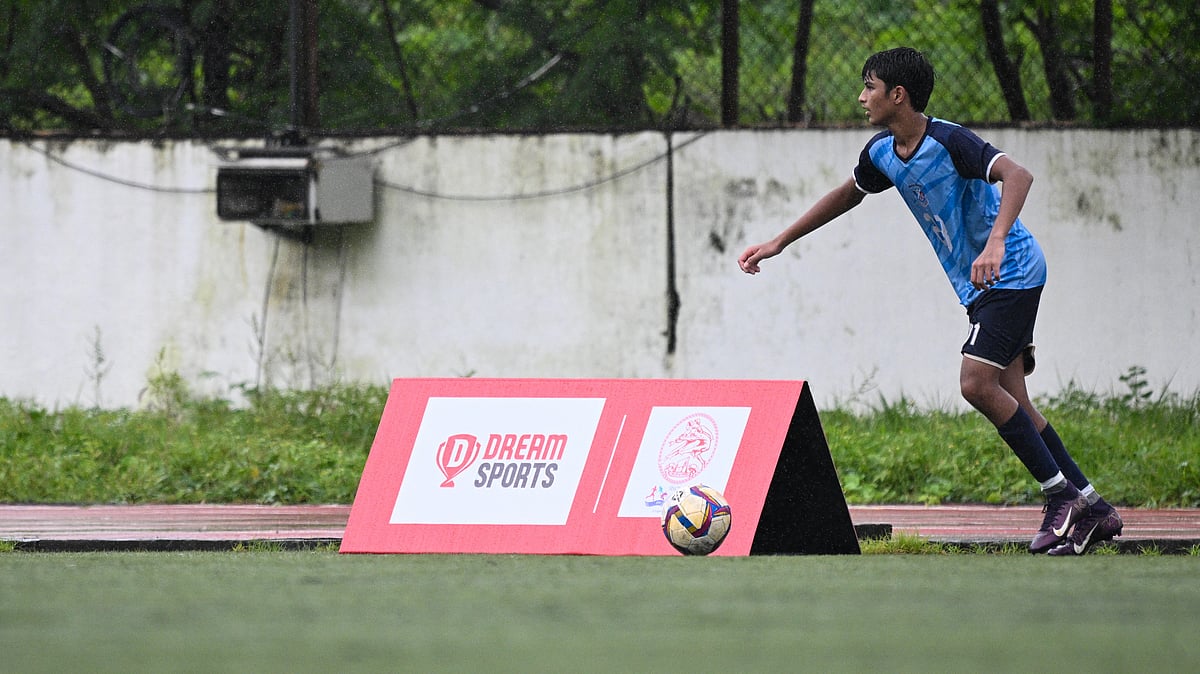Shubaman Gill's dismissal caught by Cameron Green in the second innings of the ICC World Test Championship final at The Oval in London, sparked discussions on Saturday. Gill’s edge off Scott Boland flew to Cameron Green in the slips, where he stooped to take a catch low to his left. But there was some doubt over whether or not the ball touched the ground in the process of Green taking the catch.

Soft Signal absence sparks further controversy
The on-field umpires Chris Gaffaney and Richard Illingworth decided to refer the catch to the third umpire, Richard Kettleborough. After carefully reviewing multiple replays, Kettleborough confirmed that the catch was clean. Despite the decision, both Shubman Gill and India's captain Rohit Sharma expressed their doubts and were not convinced by the ruling.
The live visuals of the catch, however, failed to provide conclusive evidence regarding whether Cameron Green managed to keep the ball from touching the ground. While it appeared that Green's left hand grazed the ground after coming into contact with the ball, it remained uncertain whether he successfully avoided the grass during the process. The inconclusive nature of the visuals left room for interpretation and further debate regarding the legitimacy of the catch.
At the brink of Tea, India found themselves at 41 for one in just 7.1 overs following the contentious dismissal, which sparked numerous debates across social media platforms.
Adding to the controversy was the absence of the soft signal, which had been a point of contention in recent matches. The soft signal had been officially removed from the ICC Playing Conditions starting from June 1, 2023, with the new regulations being implemented for the first time in the England-Ireland four-day Test held at Lord's.
As per the updated regulations, the on-field umpires are now required to consult with the TV umpire before making any crucial decisions. This change was confirmed by the ICC in May when they announced the amendments to the playing conditions.









